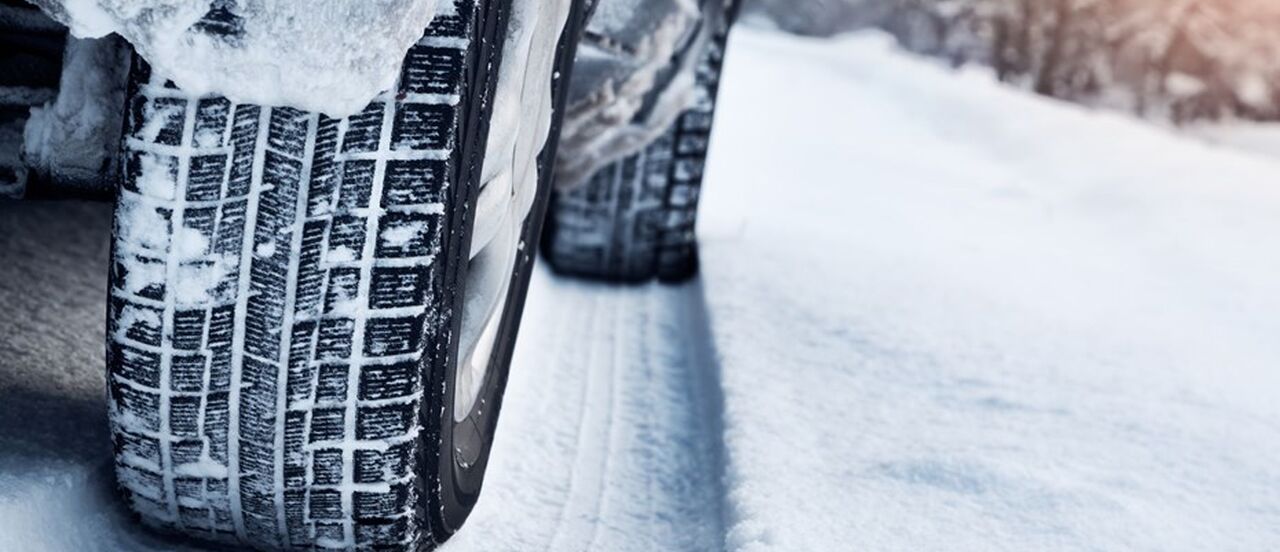
Owning an EV in the winter
As winter approaches and the colder months draw near, owners of electric vehicles (EVs) may find that their car's range decreases from October to March compared to other times of the year. We go into the reasons why that is the case below, but you can also take steps to extend the life of your electric vehicle during the coldest season of the year.
In winter, you have to put up with a shorter driving range.
It is a simple fact that batteries, whether they are used to power electric automobiles or any other kind of gadget, including laptops, cellphones, cameras, and so forth, dislike excessive cold.
In terms of electric vehicles (EVs), the makers will have tested the battery pack of the vehicle to the maximum extent possible to determine how it would react to extreme heat and cold. In addition, the EV will be equipped with a number of technologies designed to try and prolong the battery's life. Despite this, an electric vehicle (EV) will not travel as far on a single charge in the winter as it would in the milder summer months.
In general, an electric vehicle (EV) will lose approximately 15–20% of its range during the coldest months.
Pre-heat the car while it charges at home
The climate control system in an electric car is one of the major consumers of battery power, aside from the propulsion motor. When operating an electric vehicle, turning on your air conditioning will instantly cause the "remaining driving range" value to decrease on the in-cabin screens. This is made even more clear in the winter, when the car's one-shot driving range will be drastically lowered as the climate control will be running at a high temperature and a fast fan speed to warm the interior.
Use seat and steering wheel heaters, rather than the climate control
In spite of your temptation to believe otherwise, items that use electrical heating components, such heated seats or a heated steering wheel, really consume less energy than climate control. Thus, use the heated steering wheel and bum-warmers that come standard on EVs to stay warm when you're behind the wheel.
Slow down, use Eco mode
When traveling at higher speeds than when traveling at slower ones, electric cars consume a lot more energy. Even if maintaining a town-driving pace isn't always feasible, you can still extend your range by slightly reducing your speed, particularly on highways. Therefore, even though the speed limit is 120 km/h, you will get more mileage out of your electric car if you keep to 110 km/h or, better yet, 100–105 km/h, all without worrying about causing traffic jams.
ZuCar offers Ireland's best selection of used cars and easiest personal car leasing solutions. Happy and safe driving!